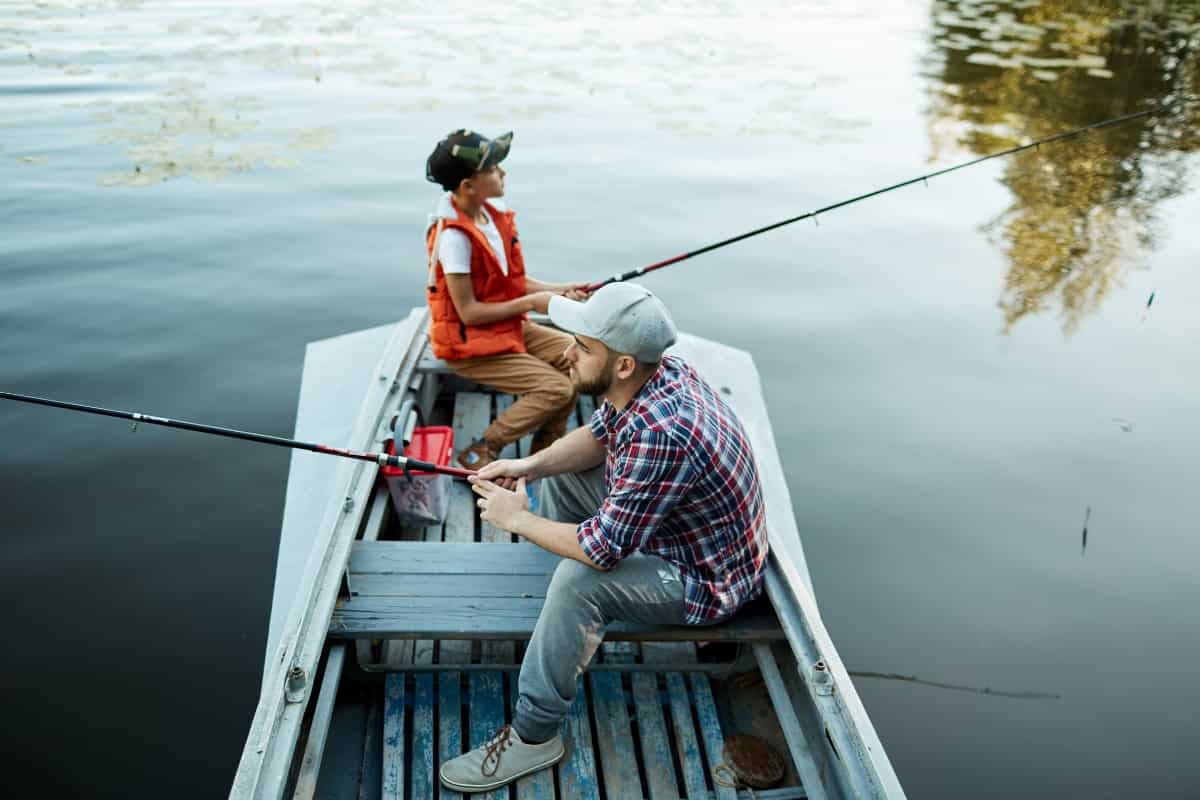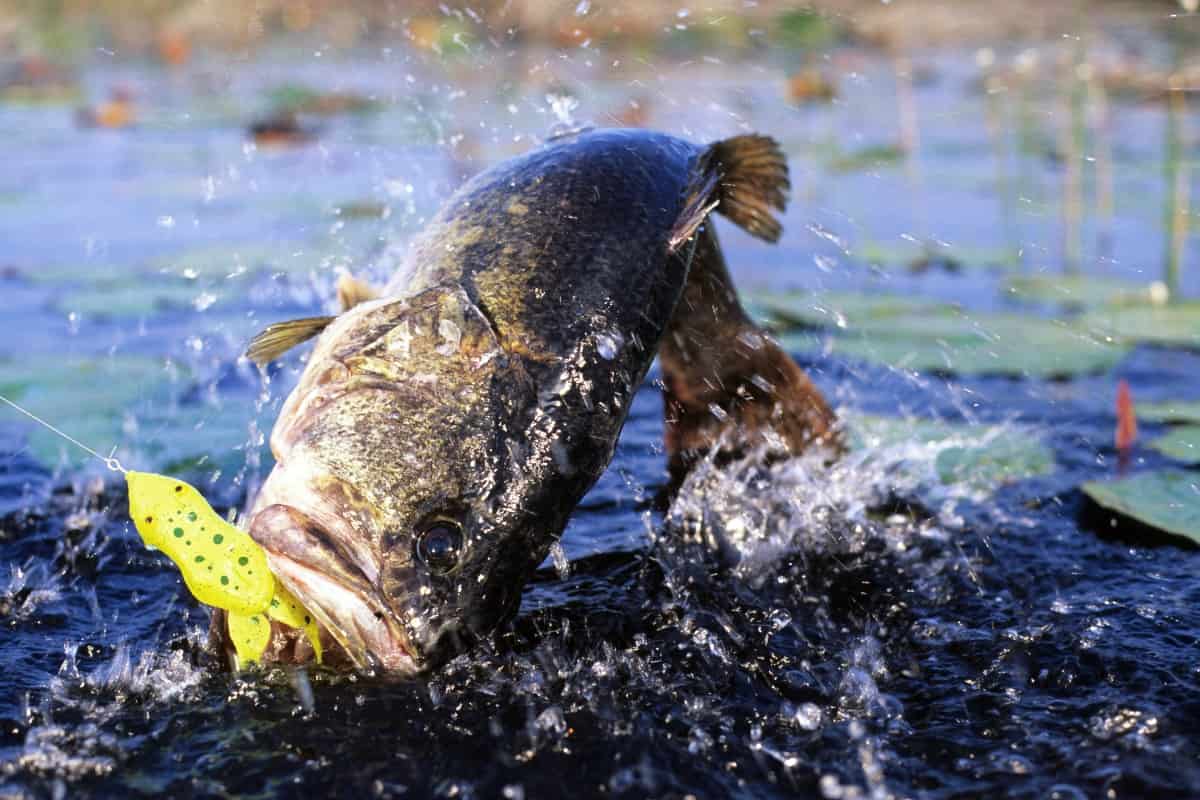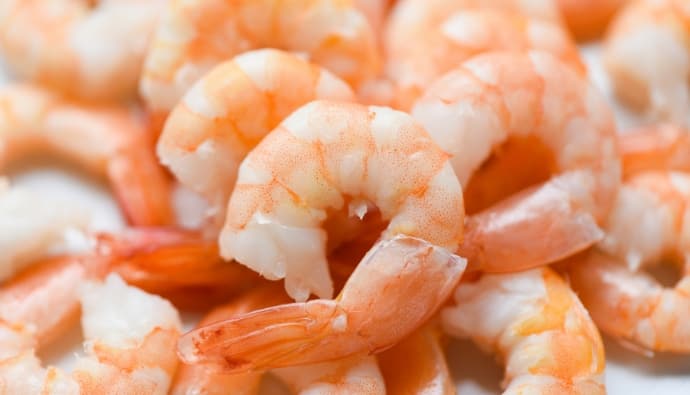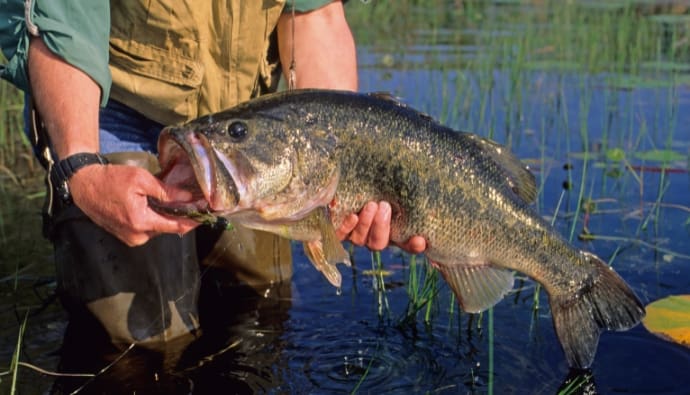Pond fishing for bass is a generational pass time. From Fourth of July barbecues, visiting grandparents, or pulling over on the side of the road at that perfect body, pond fishing is a staple in American angling.
However, it should be noted that often there are much larger fish than the typical brim and sunfish that novice fishermen start on in these waters. The following is an exhaustive guide on angling for bass in ponds.
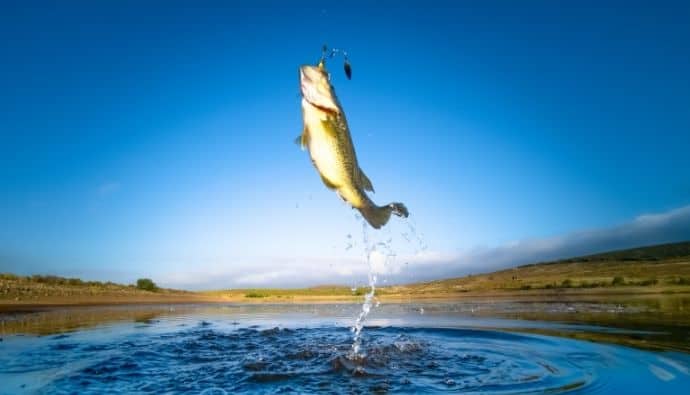
Things to Consider When Fishing in a Pond
Environment
The environment is the initial factor that each angle must consider when working on a pond. What kind of foliage and structure surrounds the pond?
Is there an underwater structure that could harbor large bass or provide snags? Is there shade or moving water within the pond, and is the pond grassy?
All of these are factors to consider.
The foliage and structure around and in the pond can play a massive role in the success of one’s fishing trip.
For instance, large amounts of shrubbery and overhanging foliage can lead to snags and mishaps, preventing proper casting techniques and stealing the lures.
However, some shrubbery and downed foliage are excellent for angling as it provides the perfect ambush site for large bass and should be an intentionally targeted area.
Reeds, grass, and Lily pads are all perfect layup spots, while docks, concrete blocks, and even sunken trees or logs pose a threat as snags and hideaways.
The angler’s intent should be to find the perfect spot to cast from up against said object to draw out any unseen monsters.
In ponds, often, the water may seem stagnant or still. However, this is not the case, as often a culvert drain, runoff ditches, or aerating devices can all be crucial landmarks in the pond to help determine your starting point.
Culverts or drainage ditches can harbor the influx or departure of small fish and other creatures, so it is an excellent ambush site for large bass looking to make an easy meal out of some transient bait fish or crustaceans.
Runoff ditches or shallow swamp-like areas tend to be harbor sites for smaller baitfish and crustaceans. Often, these areas are incredibly susceptible to topwater baits, which will elicit a beautiful strike from a prowling pass.
Aerating devices can be tricky, and often the constant disturbance of water, noise, and motion tends to drive fish to the opposite end of the pond. Utilizing this as a landmark, find an area where the water is flowing but has significantly calmed and is relatively seedless.
Time of the Day
The second factor to consider when pond fishing for bass is the time of day. As all anglers know, there’s a high probability of success in fishing in the morning or evening that has been ingrained in each angler since their formative years. However, this hard and fast rule is not as rigid as expected.
During late spring through early fall, pond fishing tends to be best in the mornings and evenings. The water has not yet warmed up to the point that it is uncomfortable for the fish or is cooling off from the day’s heat. During this time, anglers can find bass in the shallow waters roaming for their next meal.
During cooler months, bass can be found in the shallow water during the middle of the day when the water has risen to acceptable temperatures for their movement, or generally in the depths of the pond during the remainder of the day, where water temperature fluctuates very little.
However, most anglers may not have considered night fishing for bass in a pond. An incredibly exciting experience, night fishing can be as rewarding as it is thrilling. Usually done during the summer months, bass will feed and bite at night when the water is truly warm.
For night fishing, a quarter or three-quarter moon is usually best for illumination to achieve success in your angling efforts. Specific lures for night fishing are also essential, like bass or vision-based hunters who detect much of their prey through motion.
In conjunction with night fishing and the next subject of lures, there are two lures that are incredibly effective when fishing at night.
Lures
1. Black Zoom Horny Toad
The first is the black zoom horny toad. Weighing an eighth of an ounce and 4.25 inches long, the zoom horny toad is the soft plastic that resembles a frog and is often thrown as a topwater lure.
Its two ultra-vibe legs buzz and chug their way across the water surface, attracting the attention of any site predator looking for a midnight snack.
2. Booyah Pond Magic Small-Water Spinnerbait
The second incredibly effective lure used in pond fishing at night is the Booyah Pond Magic Small-Water Spinnerbait. Cost-effective but incredibly successful, this lure works better than most, attracting attention at night with its luminescent white frame, shiny spoon, and white skirt.
3. Zoom Green Lizard
When it comes to angling for bass in ponds during the daytime, several lures are a surefire way to increase your chances of success.
The first of these is a Zoom Green lizard. These 6-inch lizards are cheap, effective, multicolored, and vibrant in their movements to attract sight predators. Easy to reattach to a hook, the malleable body allows you to go relatively weedless, which is a great asset for pond fishing.
When working around flotsam or scum on top of the water, lilies, or any other general refuse, a Topwater frog is one of the best choices. One of the most satisfying ways to hook a lunker, the explosive strike elicits joy for all and yields large bass steadily.
Finally, recognizing that there’s usually a significant amount of grass, foliage, or other water-based obstruction in ponds, chatter bait can be an incredibly effective lure in your arsenal.
It moves through grass and vegetation very well while mimicking bluegill, a staple of bass diets. If the weather is subpar, it has little to no impact on the chatter bait, which works well in windy or cloudy conditions.
Retrieval and Cast
Often, the size of a pond can limit the casting and retrieval techniques used by anglers. Generally, shallow ponds may not be the best for swimming or dive baits, while water with copious amounts of weeds may not be suitable for soft plastics.
Overhanging foliage may limit your ability to cast certain directions, so finding the sweet spot on the shore is imperative.
The two steadfast retrieval techniques, the straight and twitching techniques, are low-skill, high-yield retrieval techniques that will benefit anglers of all levels.
In summary, pond fishing for bass can be an incredibly enjoyable experience. Depending on your selection of lure, pond, and time of day, you may find yourself with an ice chest full of stories.
You must pay attention to your surroundings, as this can both help and hinder your trip, but the most important piece of it all is getting your line wet.
So this summer, find that perfect piece of water tucked away and see what monsters lie beneath.

 Facebook
Facebook YouTube
YouTube
